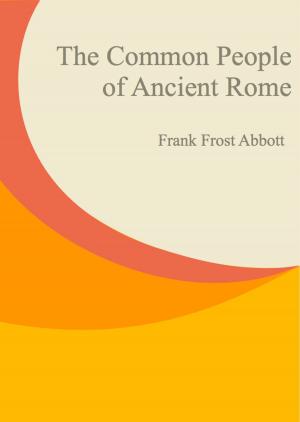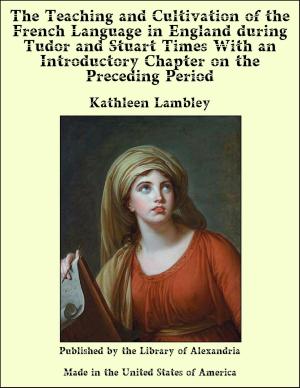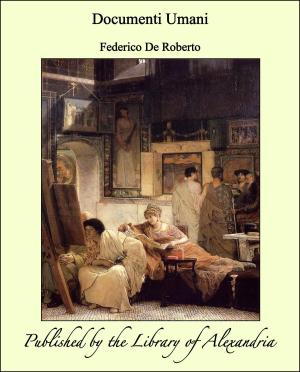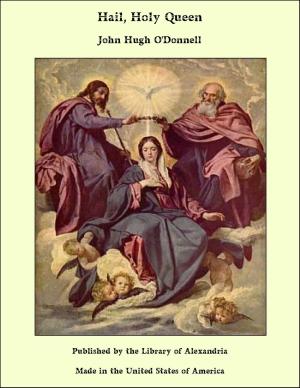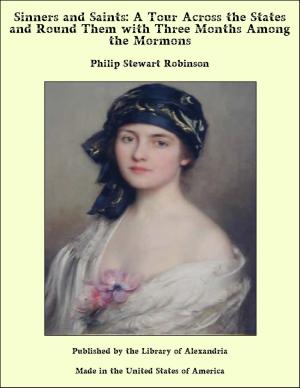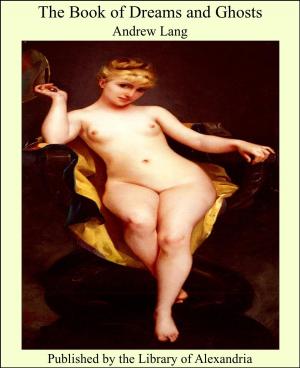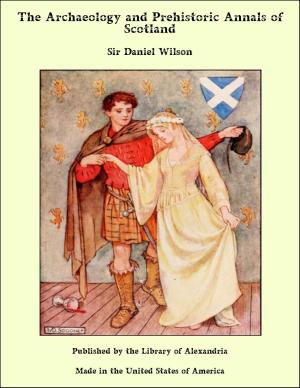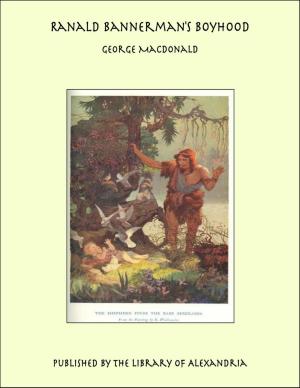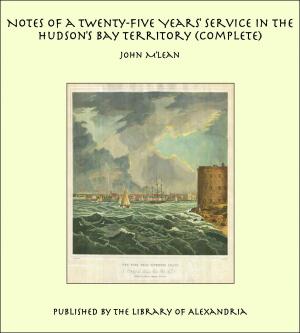The Book of the Cave of Treasures
Nonfiction, Religion & Spirituality, New Age, History, Fiction & Literature| Author: | Sir Ernest Alfred Thompson Wallis Budge | ISBN: | 9781465576996 |
| Publisher: | Library of Alexandria | Publication: | March 8, 2015 |
| Imprint: | Language: | English |
| Author: | Sir Ernest Alfred Thompson Wallis Budge |
| ISBN: | 9781465576996 |
| Publisher: | Library of Alexandria |
| Publication: | March 8, 2015 |
| Imprint: | |
| Language: | English |
THE present volume contains a complete translation of the Syriac text of the compendious history of the world from the Creation to the Crucifixion of our Lord, which is commonly known as "Me`ârath Gazzê," or the "Cave of Treasures." In the Syriac title the composition of the work is attributed to Ap[h]rêm Suryâyâ, i.e. Ephrem Syrus, or Ephraim the Syrian, who was born at Nisibis (?) soon after A.D. 306 and died in 373, but it is now generally believed that the form in which we now have it is not older than the VIth century. An edition of the Syriac text, and an Arabic version of it, together with a German translation, were published by Bezold (Die Schatzhöhle, Munich, 1883-86), but this work is scarce and is little known in England. The German translation was made from an eclectic text constructed from at least three manuscripts, which varied in age and accuracy and general literary value. The translation given in the following pages has been made from the best, in my opinion, of all the known manuscripts, namely British Museum MS. Add. 25875. (See Wright, Catalogue, vol. iii, page 1064.) This MS. contains twelve complete works, all of which were written, in a fine Nestorian hand, by the priest Homô, the son of the priest Daniel, a native of Al-Kôsh, a very ancient town which lies about 20 miles north of Môsul (Nineveh), in the year of the Greeks 2020, i.e. A.D. 1709. It was written at the expense of the priest Joseph, the son of Hormizd, a native of Hordaphne, in the district of ´Amediâ, for the church of the Blessed Virgin Mary in that place. When I read through the manuscrin 1885, whilst preparing my edition of the "Book of the Bee," I was convinced that Homô, the scribe, was a very learned man, and the marginal notes which he added to his copy showed that he was at once a capable and an understanding editor of Syriac texts. When the printed edition of the Syriac text of the "Cave of Treasures" appeared in 1886, I was surprised to find that Homô's text had not been made the foundation of the work. Whilst I was in Al-Kôsh in 1890-91 collecting manuscripts for the British Museum, I found there some of Homô's descendants, and of these one or two were professional scribes. They possessed a few ancient Syriac manuscripts, and from one of them I had copies made of the "Cave of Treasures" and the "Book of the Bee." On my return to England I collated the copy of the former work with the British Museum Codex, and found that the text only varied in a few minor points. There are a few mistakes in the British Museum MS., and in one or two places a few words are omitted, but as a whole it contains the text of the "Cave of Treasures" in as perfect form as ever we are likely to get it; and therefore I have made the translation printed herein from it.
THE present volume contains a complete translation of the Syriac text of the compendious history of the world from the Creation to the Crucifixion of our Lord, which is commonly known as "Me`ârath Gazzê," or the "Cave of Treasures." In the Syriac title the composition of the work is attributed to Ap[h]rêm Suryâyâ, i.e. Ephrem Syrus, or Ephraim the Syrian, who was born at Nisibis (?) soon after A.D. 306 and died in 373, but it is now generally believed that the form in which we now have it is not older than the VIth century. An edition of the Syriac text, and an Arabic version of it, together with a German translation, were published by Bezold (Die Schatzhöhle, Munich, 1883-86), but this work is scarce and is little known in England. The German translation was made from an eclectic text constructed from at least three manuscripts, which varied in age and accuracy and general literary value. The translation given in the following pages has been made from the best, in my opinion, of all the known manuscripts, namely British Museum MS. Add. 25875. (See Wright, Catalogue, vol. iii, page 1064.) This MS. contains twelve complete works, all of which were written, in a fine Nestorian hand, by the priest Homô, the son of the priest Daniel, a native of Al-Kôsh, a very ancient town which lies about 20 miles north of Môsul (Nineveh), in the year of the Greeks 2020, i.e. A.D. 1709. It was written at the expense of the priest Joseph, the son of Hormizd, a native of Hordaphne, in the district of ´Amediâ, for the church of the Blessed Virgin Mary in that place. When I read through the manuscrin 1885, whilst preparing my edition of the "Book of the Bee," I was convinced that Homô, the scribe, was a very learned man, and the marginal notes which he added to his copy showed that he was at once a capable and an understanding editor of Syriac texts. When the printed edition of the Syriac text of the "Cave of Treasures" appeared in 1886, I was surprised to find that Homô's text had not been made the foundation of the work. Whilst I was in Al-Kôsh in 1890-91 collecting manuscripts for the British Museum, I found there some of Homô's descendants, and of these one or two were professional scribes. They possessed a few ancient Syriac manuscripts, and from one of them I had copies made of the "Cave of Treasures" and the "Book of the Bee." On my return to England I collated the copy of the former work with the British Museum Codex, and found that the text only varied in a few minor points. There are a few mistakes in the British Museum MS., and in one or two places a few words are omitted, but as a whole it contains the text of the "Cave of Treasures" in as perfect form as ever we are likely to get it; and therefore I have made the translation printed herein from it.

